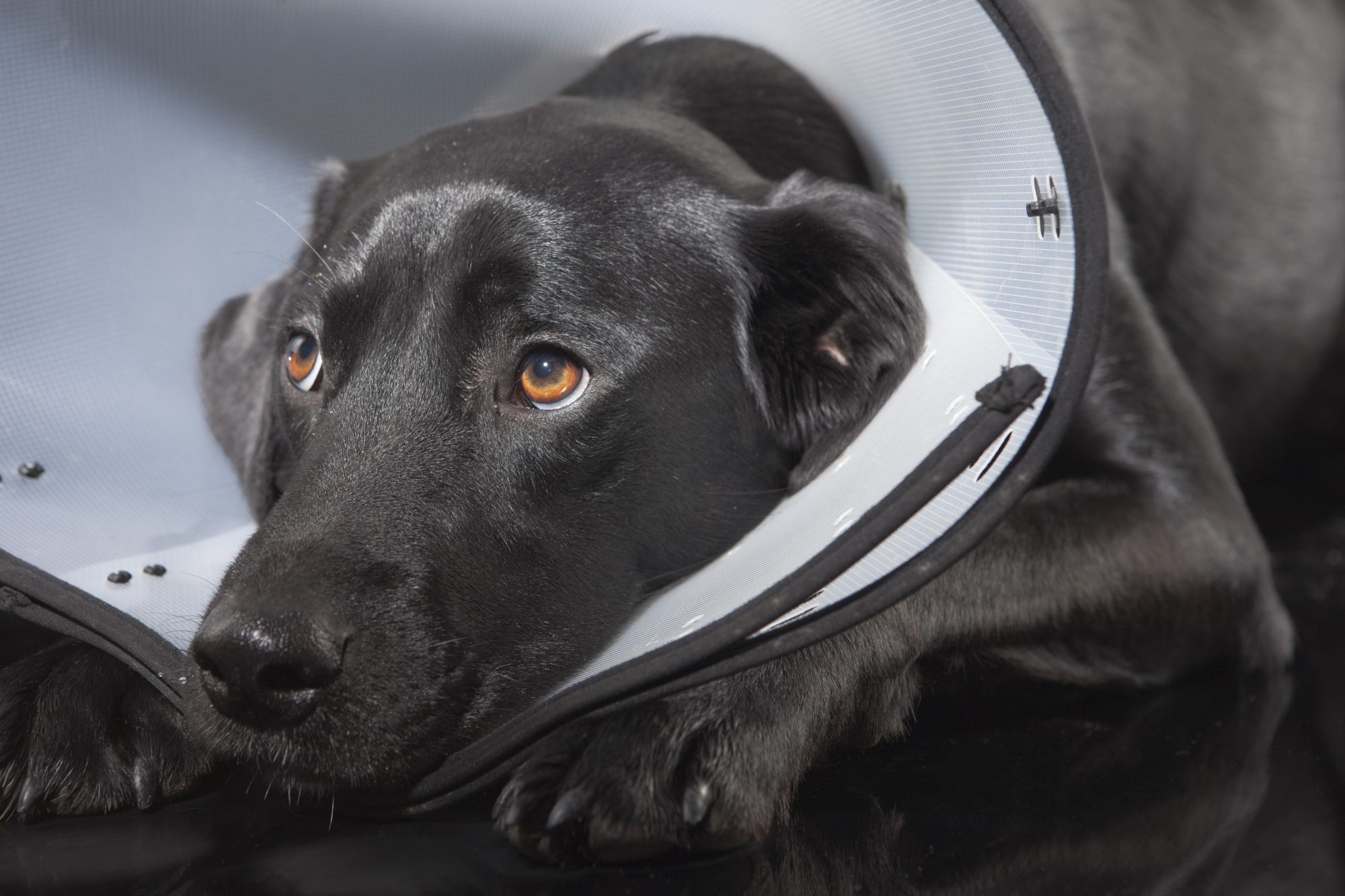Entertainment, Stimulation, and Exercise After Your Pet’s Surgery
 After surgery, it’s very likely that your pet will be ordered to rest and remain calm during recovery (and we’re sure you want them to rest too!). Depending on the procedure, your pet may be restricted in movement, diet, and other aspects of daily life in order to promote healing. But what does this time of rest during recovery actually mean for your pet?
After surgery, it’s very likely that your pet will be ordered to rest and remain calm during recovery (and we’re sure you want them to rest too!). Depending on the procedure, your pet may be restricted in movement, diet, and other aspects of daily life in order to promote healing. But what does this time of rest during recovery actually mean for your pet?
If you’ve ever had surgery, being relegated to sleep and a restricted regimen can be quite boring. The same is true for your pet post-surgery. Because all animals need enrichment and stimulation, it’s necessary to create games, activities, and other positive outlets that can promote wellbeing during this time.
A happy pet, after all, typically enjoys a faster recovery time. The team at Oakland Veterinary Referral Services has some suggestions for activities and exercises after your pet’s surgery.
Abide by the Rules
This goes without saying, but adhering to the post-operative recovery plan provided by your surgeon is imperative. When in doubt, ask questions. In more advanced surgeries, such as orthopedic procedures, some pet patients will need to be crated or sedated. Because your pet may be required to stay indoors remaining quiet and calm, this is a great time to come up with some creative ideas to stimulate the mind and encourage successful recovery.
At-Home Activities and Toys
After surgery, your pet may be limited in movement, so brain games are a great choice for enrichment. Simple toys like a Kong, treat puzzle, or flavored Nylabone can be a great reward along with mental stimulation.
Some ideas for fillable treats include:
- Peanut butter
- Mashed sweet potato
- Bits of canned food
- Small bites of hot dog or cheddar cheese
- Frozen broth with kibble or other small treats inside
Pet puzzles come in all shapes and levels of difficulty. For pets who are prone to obesity, you may wish to use your pet’s mealtime portion for these challenging puzzles. The goal is to occupy your pet for 45 minutes or more each day, so these games should be challenging enough to keep them engaged, but not so challenging that your pet becomes frustrated and gives up.
Other suggestions for brain stimulating toys include:
You can also use this time to teach your pet new commands with reward-based training. Just be sure to reduce your pet’s meal portion if increasing daily treats during this time of recovery.
Calming Techniques
After a surgery, your pet may still be under stress and anxiety, especially if they have to remain restrained or in a crate. Stress can be counterproductive to healing, so help soothe your pet with some easily implemented techniques.
Using a pheromone spray like DAP (Dog Appeasing Pheromone) works to calm and relieve stress. Certain herbal aromatherapies are also known to elicit relaxation and reduce restlessness, such as lavender or chamomile sprays.
Another wonderful option that promotes healing on all levels is therapeutic massage. You can seek the services of a trained pet massage therapist, or you can massage your pet with instructions from your surgeon. Massage is known to decrease stress, relax muscles, release endorphins, and cultivate a stronger bond with your special pet.
Next Steps After Your Pet’s Surgery
As your pet continues to improve, you’ll want to consult with your pet’s surgeon and veterinarian regarding next steps. In some cases, pets are better helped through rehabilitation, including physical therapy, laser therapy, and acupuncture.
While it may seem difficult to watch your pet live through the recovery process, you can certainly play a key role in helping keep them remain happy and entertained (and loved!). Mental stimulation and emotional wellbeing are integral to healing.
For more information about activities and exercise after your pet’s surgery, please contact us!


